When you want to get dinner on the table quickly, but also want to keep in mind your personal health goals, finding an approachable, low-kilojoule meal can make a big difference. But it’s essential to make sure you’re consuming enough calories to feel energised and fuel your body as needed when following a low-kilojoule diet. That means finding healthy options for vegetarians and meat-eaters alike, while also packing a protein punch.
Dietitian Vandana Sheth says low-kilojoule meal can be in the 1,260 to 1,680 kilojoule range for breakfast and 2,100 to 2,520 kilojoule range for lunch and dinner meals, and 420 to 840 kilojoule range for snacks.
While the meals we’re sharing are under 2,100 kilojoules, it’s key to keep in mind that healthy eating doesn’t just come down to calories. Though it can be helpful to keep a general kilojoule goal in mind, it’s important to remember that every body is different and one kilojoule goal won’t work for everyone, says nutrition expert Lindsey Palmer. Things like age, sex, activity level, health conditions, and weight goals need to be considered, she adds.
When making a plan for dinner, Sheth suggests including a variety of food groups in each meal. This typically includes colourful vegetables, lean protein, whole grain carbohydrates, and heart-healthy fats. Palmer notes that for most adults, it’s best not to cut an entire food group or macronutrient from your diet, but create balanced meals that will give you energy. And it’s important to be sure to get vital vitamins and minerals, too.
You’ll also want to consider your personal taste preferences and satiety level, says Sheth. “If the meal, regardless of its nutrition profile, does not taste good or it’s small in volume and satisfaction, it will be hard to sustain this way of eating,” she says.
Ready to get cooking? Try these low-kilojoule meals in your regular rotation.
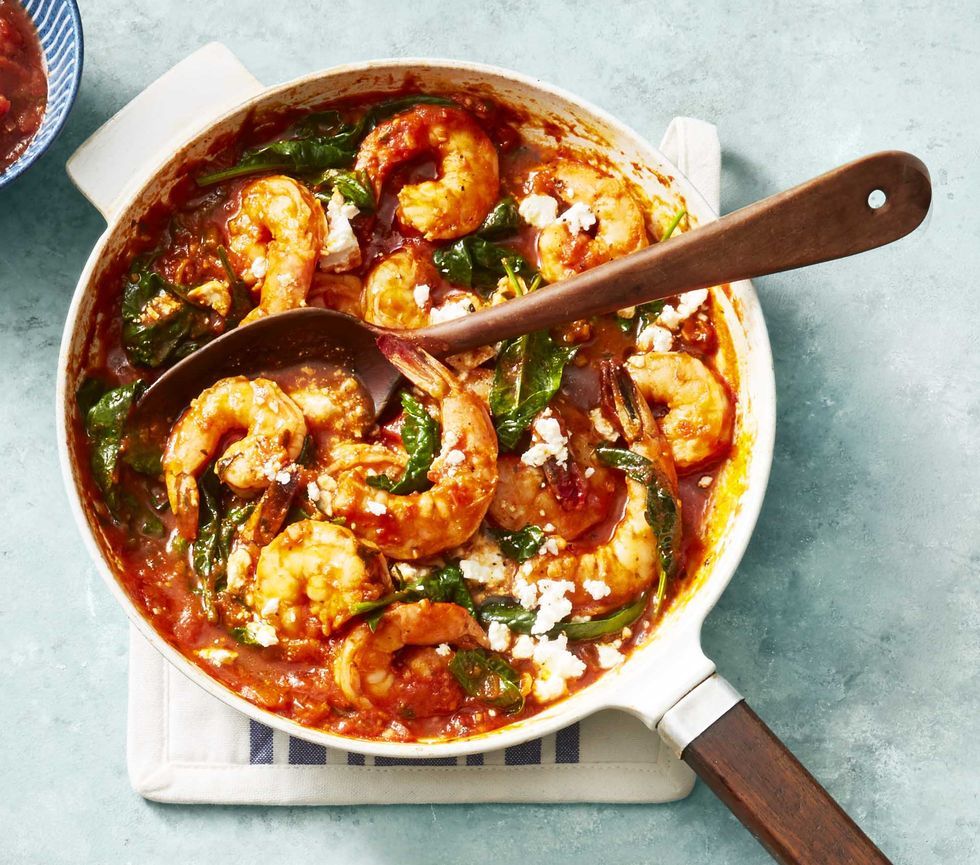
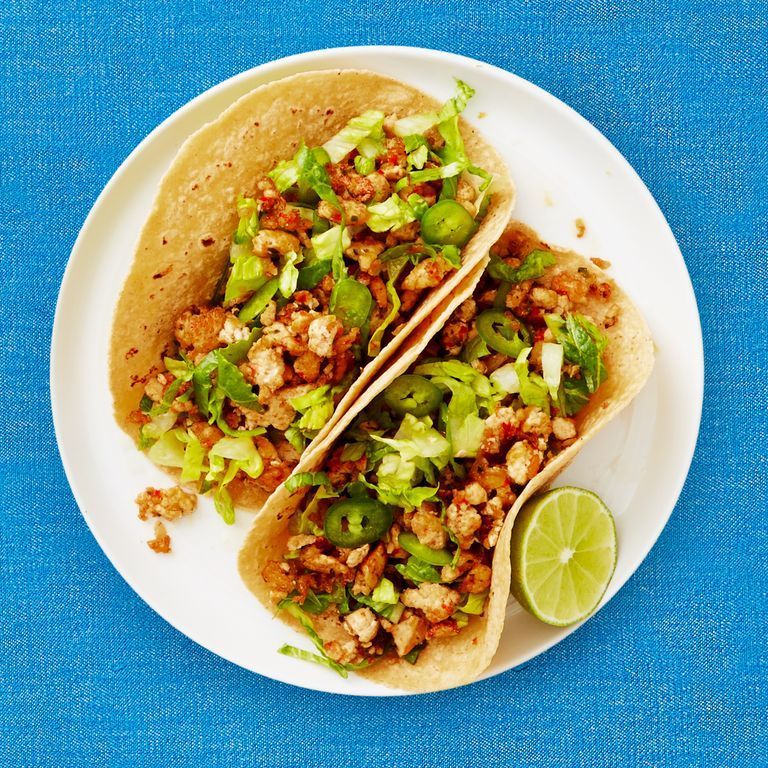

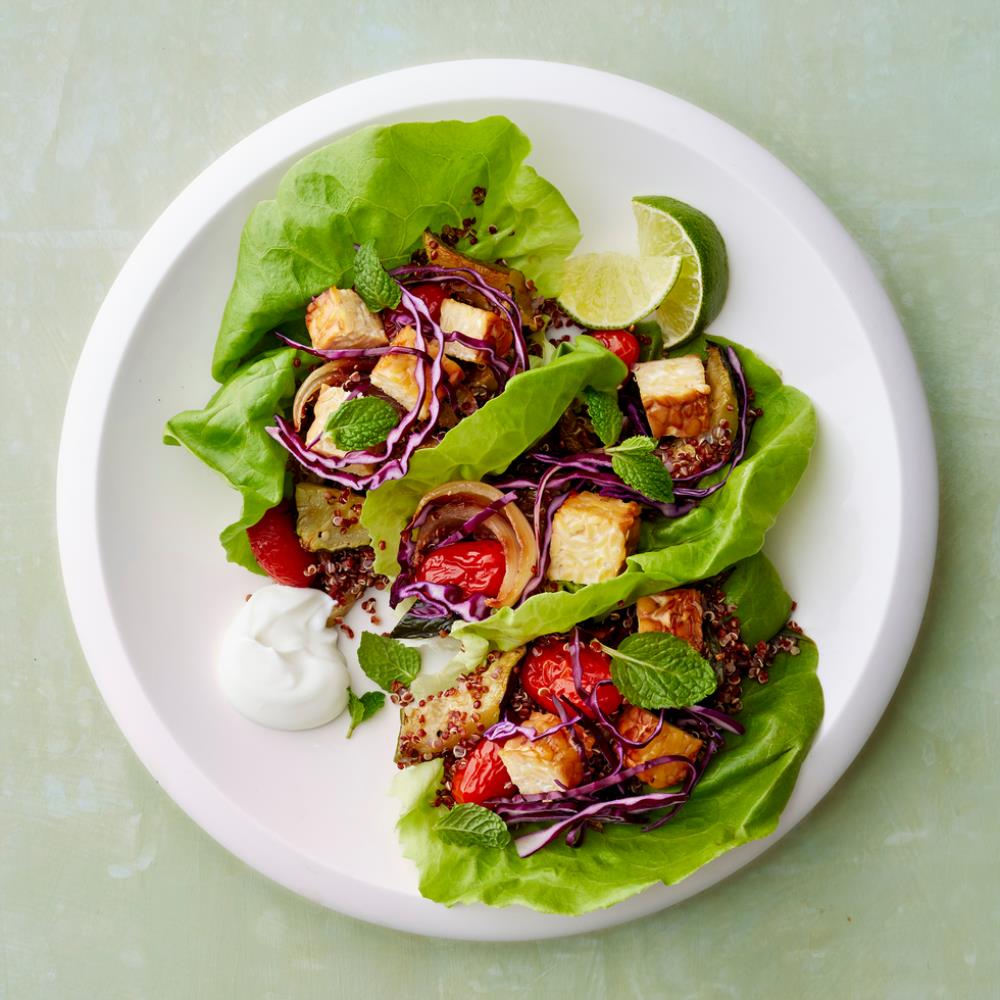
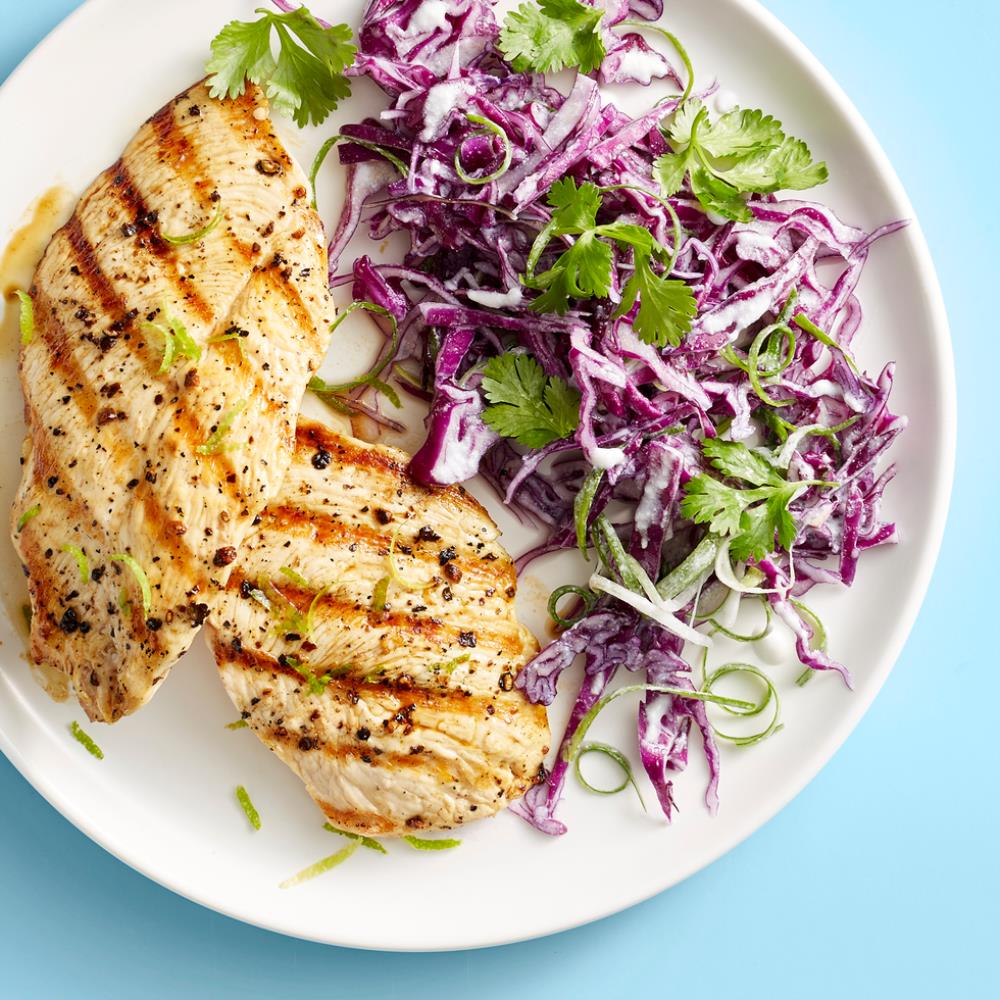
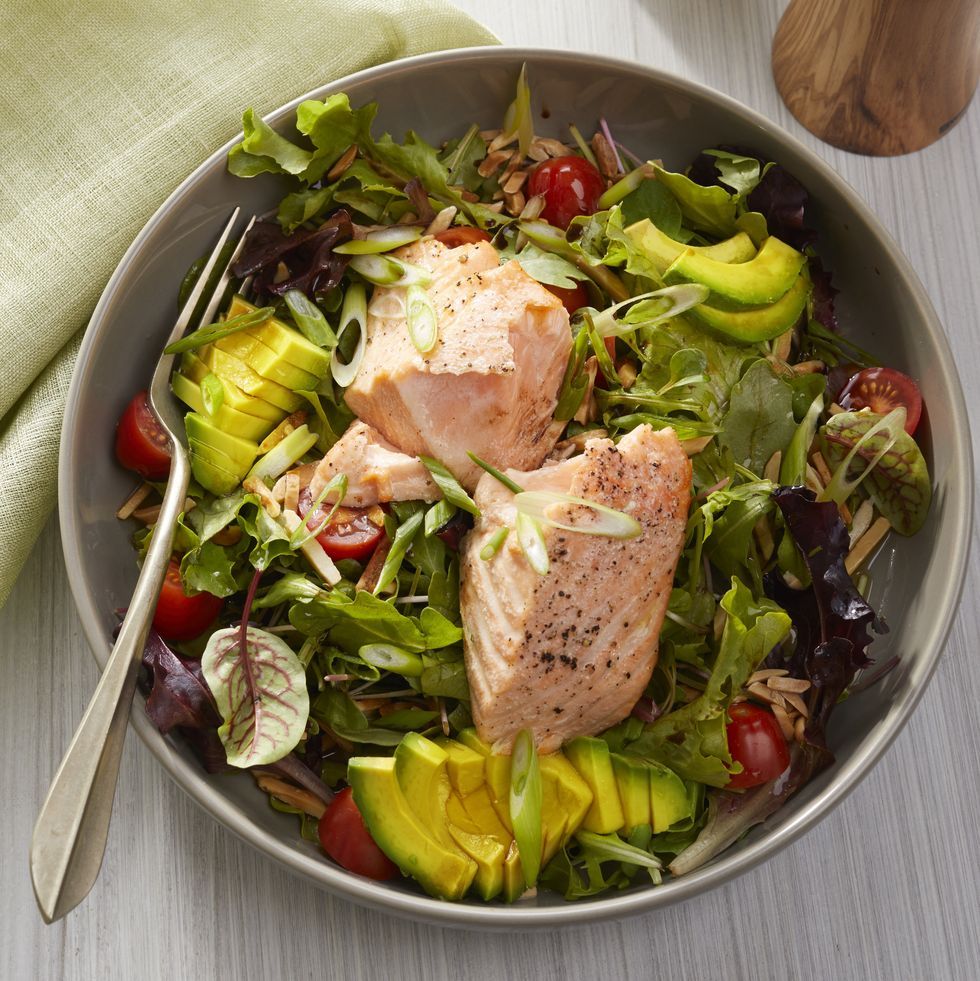
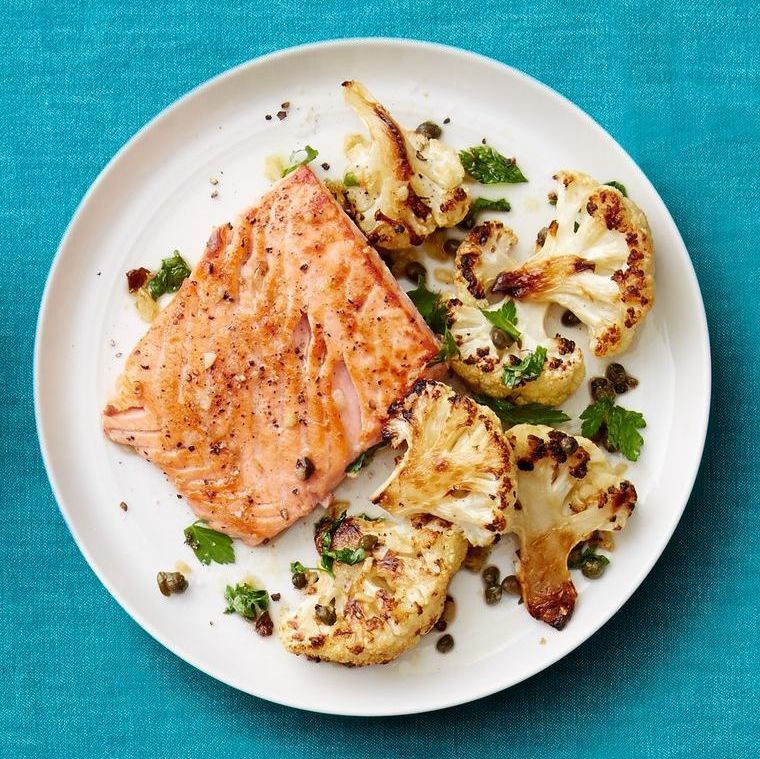
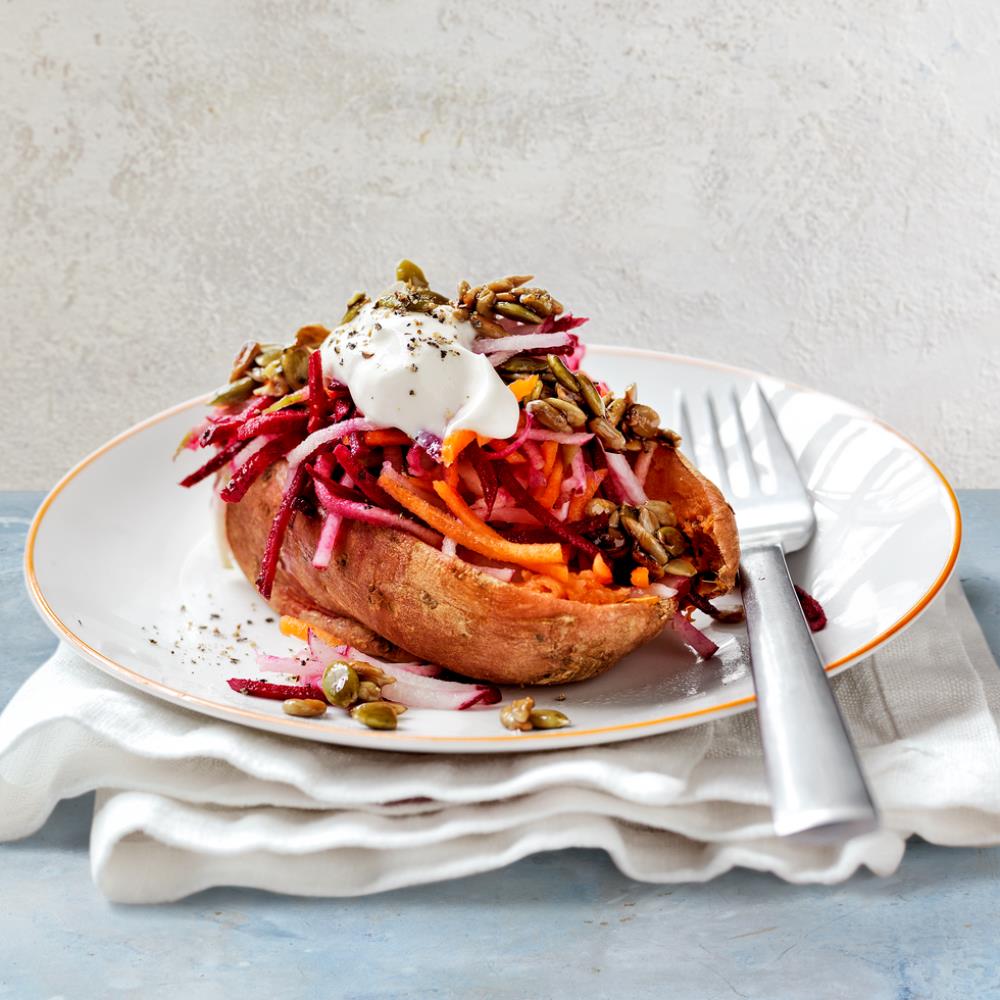

Prevention
1) Skillet Salsa Shrimp With Spinach and Feta
This surprising dish comes together in just 15 minutes and uses pantry staples to create a spicy, tomato-packed punch in every bite. Serve it with whole wheat flatbread or your grain of choice for a complete meal full of filling fibre and protein.
Get the recipe for Skillet Salsa Shrimp With Spinach and Feta»
Prevention
2) Spiced Tofu Tacos
In just 20 minutes you’ll have a plant-based taco that brings 13 grams of protein and amazing flavour from a mixture of chilli powder, coriander, jalapeno, and peppers. We promise that even meat-eaters will be digging right in.
Prevention
3) Best Ever Shakshuka
Shakshuka is a family-style meal you can enjoy any time of the day. It comes together in just a few minutes and utilises the freshest tomatoes for a silky sauce the eggs can bake right into. Grab some crusty bread or just your fork to dig right in.
Prevention
4) Easy Tempeh Lettuce Wraps
Who says plant-based can’t be high-protein? The combination of tempeh, Greek yoghurt, and quinoa brings 22 grams of protein to your plate for a low-kilojoule vegetarian meal that is handheld, super fresh, and comes together in just 20 minutes flat.
Prevention
5) Grilled Chicken With Coconut-Lime Slaw
You’ll want to make this coconut-lime slaw to serve with everything. Creamy coconut milk, savoury fish sauce, and acidic lime juice are the flavor trio that brings red cabbage to life alongside simply grilled chicken.
Prevention
6) Wild Salmon Salad
Creamy avocado and omega-3-packed salmon make this heart-healthy salmon ultra-satisfying. It comes together in just 15 minutes, can be meal prepped for the week, and is versatile—incorporate whatever veggies you have on hand for a no-fuss feast.
Prevention
7) Seared Salmon With Roasted Cauliflower
Enjoy this 25-minute meal any time of year that incorporates easy roasted cauliflower and pan-seared, buttery salmon. Fresh garlic, capers, and parsley are the secret to a swoon-worthy plate.
Prevention
8) Sweet Potatoes With Shredded Salad
Sweet potatoes are transformed into a showstopping main when piled high with grated radishes, carrots, beets, apples, and onions. Plus, the toasted seed topper makes for a crunchy textural element that brings everything together.
Prevention
9) Pistachio-Crusted Fish and Spinach Quinoa
There are few meals you’ll truly turn to again and again, but we bet this fish dish will be a family favourite. Each fillet is coated with creamy Greek yogurt and a panko-pistachio mixture for amazing texture. Serve with the quinoa and spinach side, which comes together in minutes.
Get the recipe for Pistachio-Crusted Fish and Spinach Quinoa»







.jpg&h=193&w=250&c=1&s=1)


